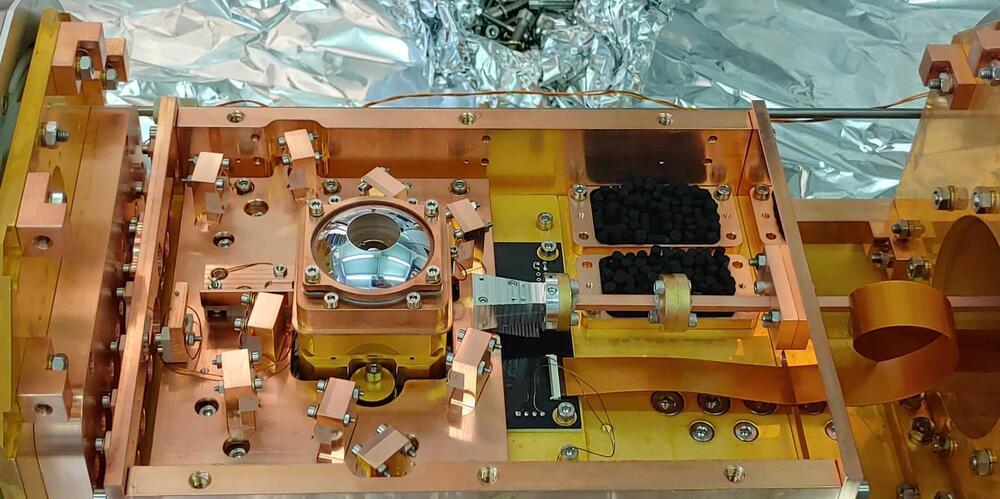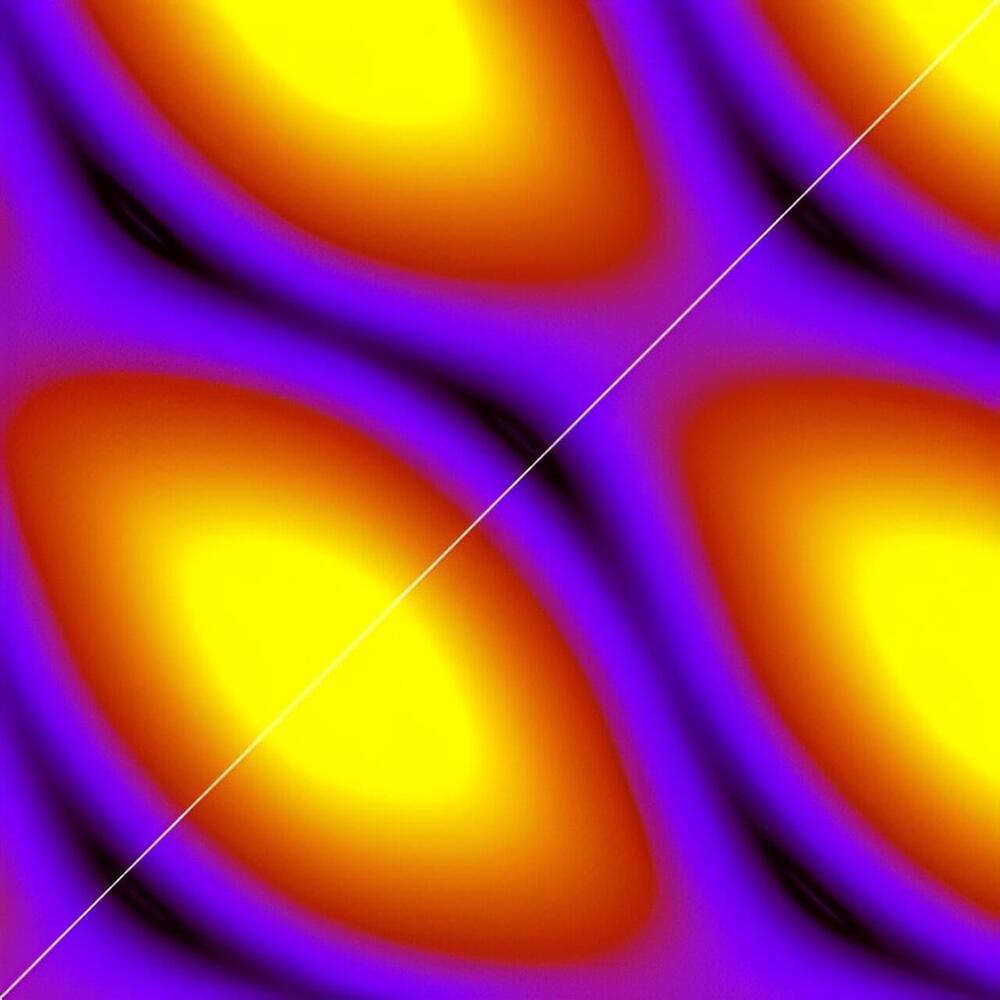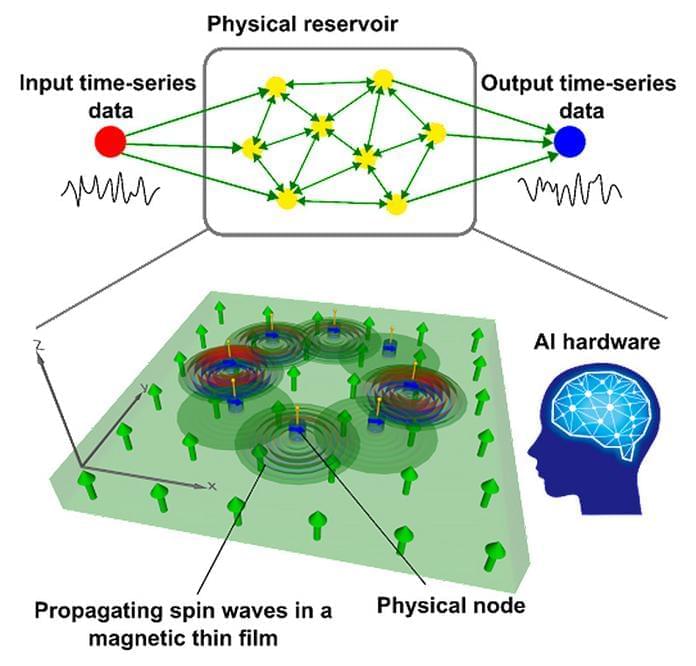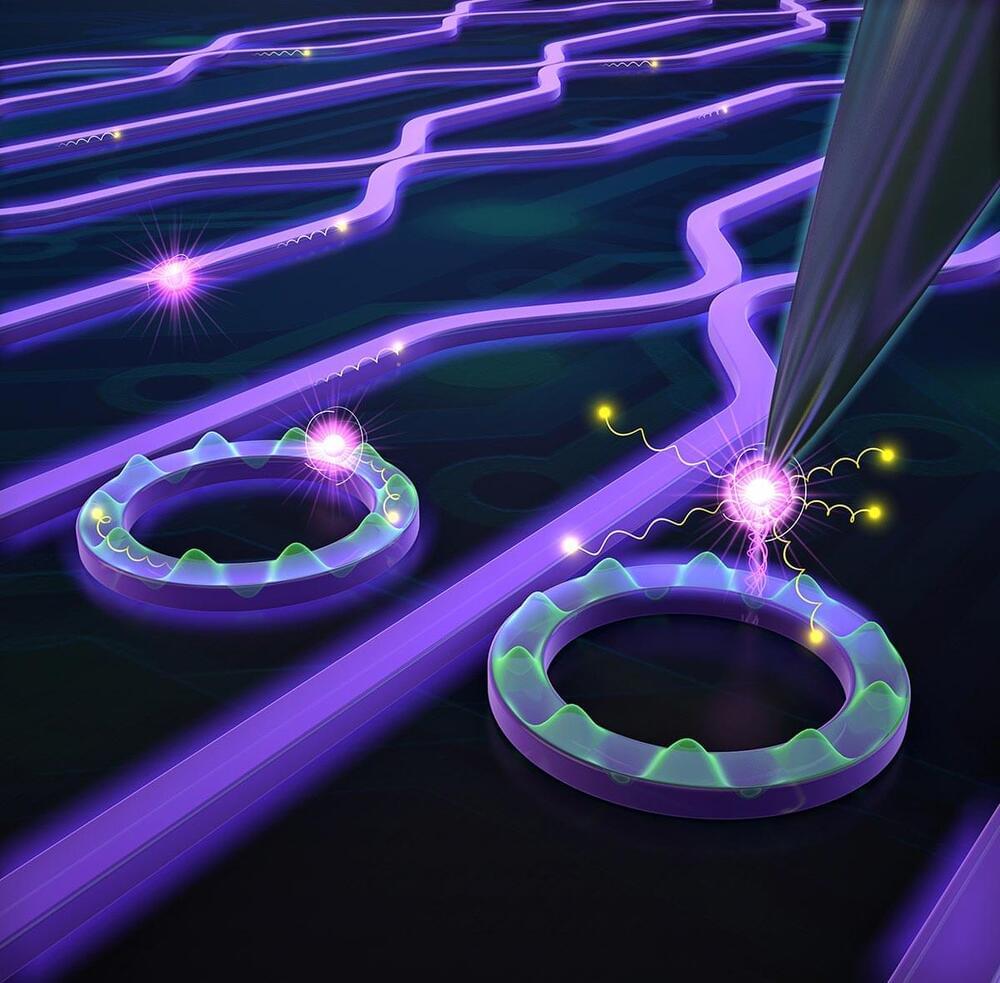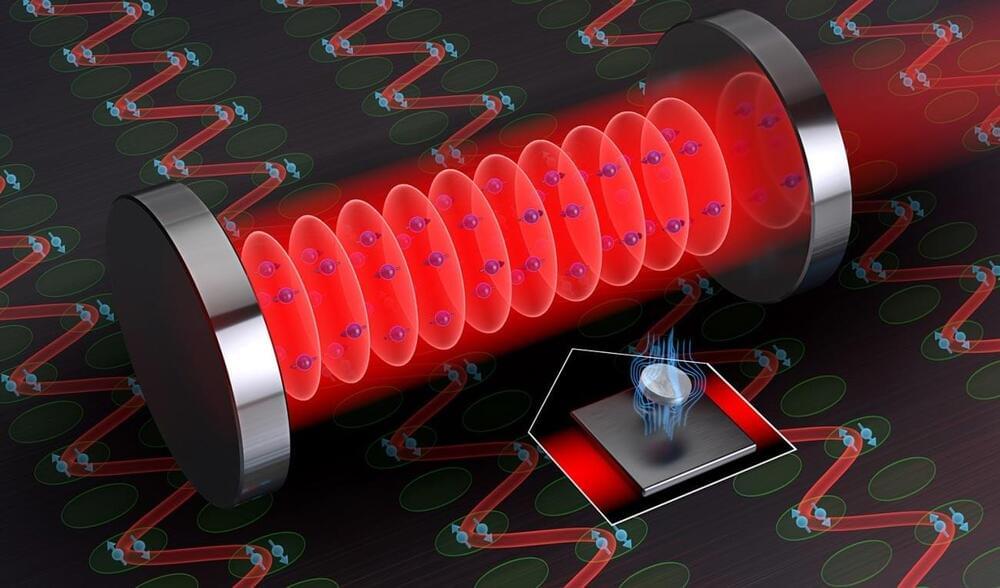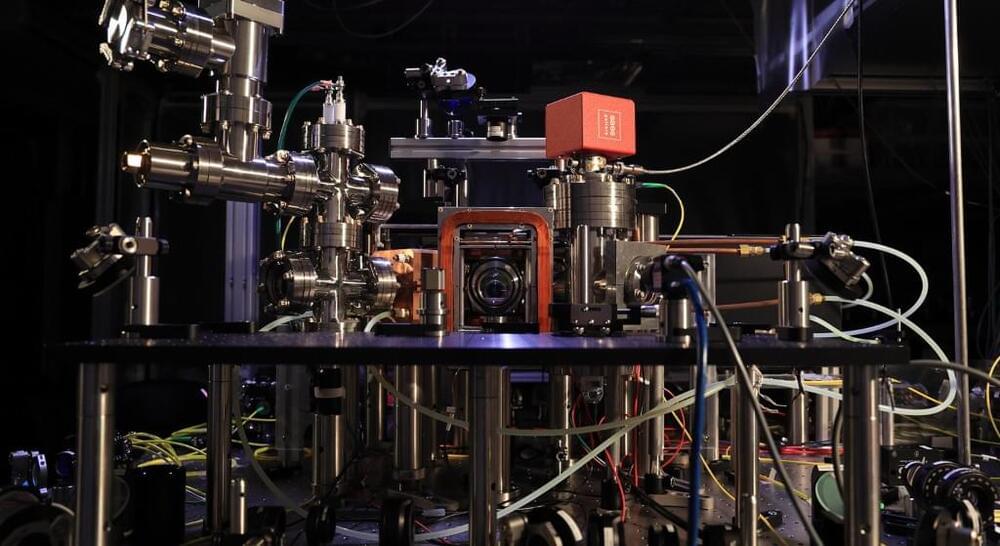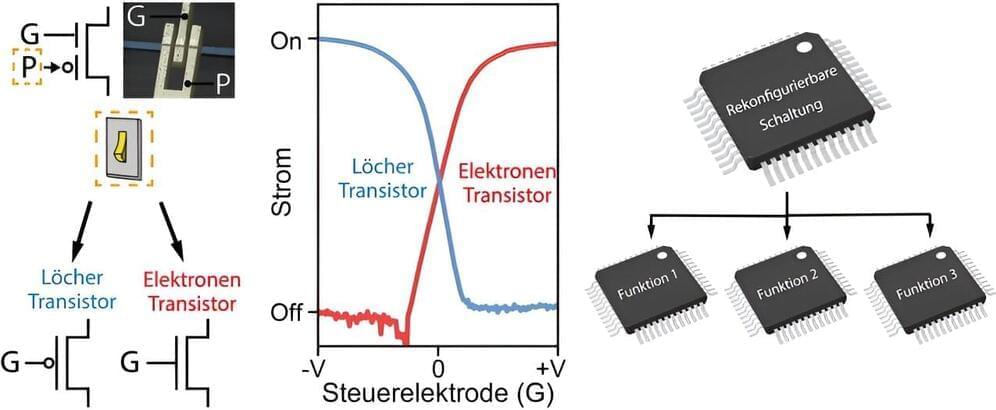Researchers at ETH have managed to trap ions using static electric and magnetic fields and to perform quantum operations on them. In the future, such traps could be used to realize quantum computers with far more quantum bits than have been possible up to now.
Category: computing – Page 194
Electronic states that resemble molecules and are promising for use in future quantum computers have been created in superconducting circuits by physicists at RIKEN.
Imagine your laptop running twice as fast without any hardware upgrades; only the application of smarter software algorithms. That’s the promise of new research that could change how today’s devices function.
The team behind the research, from the University of California, Riverside (UCR), says that the work has huge potential, not just for boosting hardware performance but also increasing efficiency and significantly reducing energy use.
Referred to as simultaneous and heterogeneous multithreading (SHMT), the innovative process takes advantage of the fact modern phones, computers, and other gadgets usually rely on more than one processor to do their thinking.
A group of Tohoku University researchers has developed a theoretical model for a high-performance spin wave reservoir computing (RC) that utilizes spintronics technology. The breakthrough moves scientists closer to realizing energy-efficient, nanoscale computing with unparalleled computational power.
Credit: Springer Nature Limited
JILA breakthrough in integrating artificial atoms with photonic circuits advances quantum computing efficiency and scalability.
In quantum information science, many particles can act as “bits,” from individual atoms to photons. At JILA, researchers utilize these bits as “qubits,” storing and processing quantum 1s or 0s through a unique system.
While many JILA Fellows focus on qubits found in nature, such as atoms and ions, JILA Associate Fellow and University of Colorado Boulder Assistant Professor of Physics Shuo Sun is taking a different approach by using “artificial atoms,” or semiconducting nanocrystals with unique electronic properties. By exploiting the atomic dynamics inside fabricated diamond crystals, physicists like Sun can produce a new type of qubit, known as a “solid-state qubit,” or an artificial atom.
The work, facilitated by the Chicago Quantum Exchange (CQE) and led by a team that includes UD, Argonne, JPMorgan Chase and University of Chicago scientists, lays groundwork for future applications—and highlights the need for cross-sector collaboration.
The third category, stochastic modeling, is used across the sciences to predict the spread of disease, the evolution of a chemical reaction, or weather patterns. The mathematical technique models complex processes by making random changes to a variable and observing how the process responds to the changes.
The method is used in finance, for instance, to describe the evolution of stock prices and interest rates. With the power of quantum computing behind it, stochastic modeling can provide faster and more accurate predictions about the market.
According to Safro, one of the things that makes the field and ongoing research in this area exciting is the unknown.
Superconductivity makes physics seem like magic. At cold temperatures, superconducting materials allow electricity to flow indefinitely while expelling outside magnetic fields, causing them to levitate above magnets. MRIs, maglev trains, and high-energy particle accelerators use superconductivity, which also plays a crucial role in quantum computing, quantum sensors, and quantum measurement science. Someday, superconducting electric grids might deliver power with unprecedented efficiency.
Challenges with Superconductors
Yet scientists lack full control over conventional superconductors. These solid materials often comprise multiple kinds of atoms in complicated structures that are difficult to manipulate in the lab. It’s even harder to study what happens when there’s a sudden change, such as a spike in temperature or pressure, that throws the superconductor out of equilibrium.
From the article:
“Somewhere between one and ten million qubits are needed for a fault-tolerant quantum computer, whereas IBM has only just realized a 1,200-qubit computer,” says Aoki.
While this approach isn’t limited to any specific platform for quantum computers, it does lend itself to trapped ions and neutral atoms since they don’t need to be cooled to cryogenic temperatures, which makes them much easier to connect.
A hybrid approach
Aoki and his team are investigating the possibility of using a hybrid quantum system of atoms and photons known as a cavity quantum electrodynamics (QED) system as a promising way to connect units. “Cavity QED provides an ideal interface between optical qubits and atomic qubits for distributed quantum computing,” says Aoki. “Recently, key building blocks for realizing quantum computers based on cavity QED, such as single-photon sources and various quantum gates, have been demonstrated using free-space cavities.”
Even the most complicated data processing on a computer can be broken down into small, simple logical steps: You can add individual bits together, you can reverse logical states, you can use combinations such as “AND” or “OR.” Such operations are realized on the computer by very specific sets of transistors. These sets then form larger circuit blocks that carry out more complex data manipulations.
